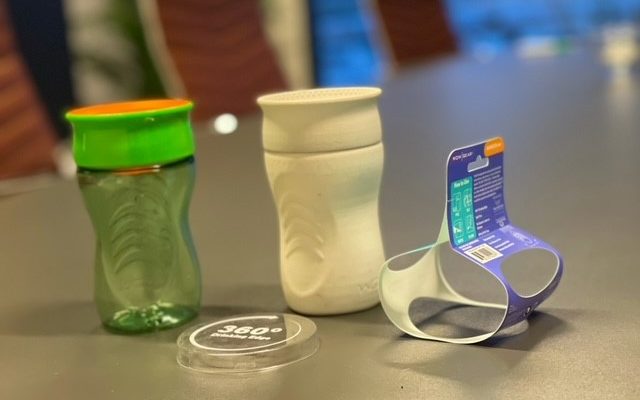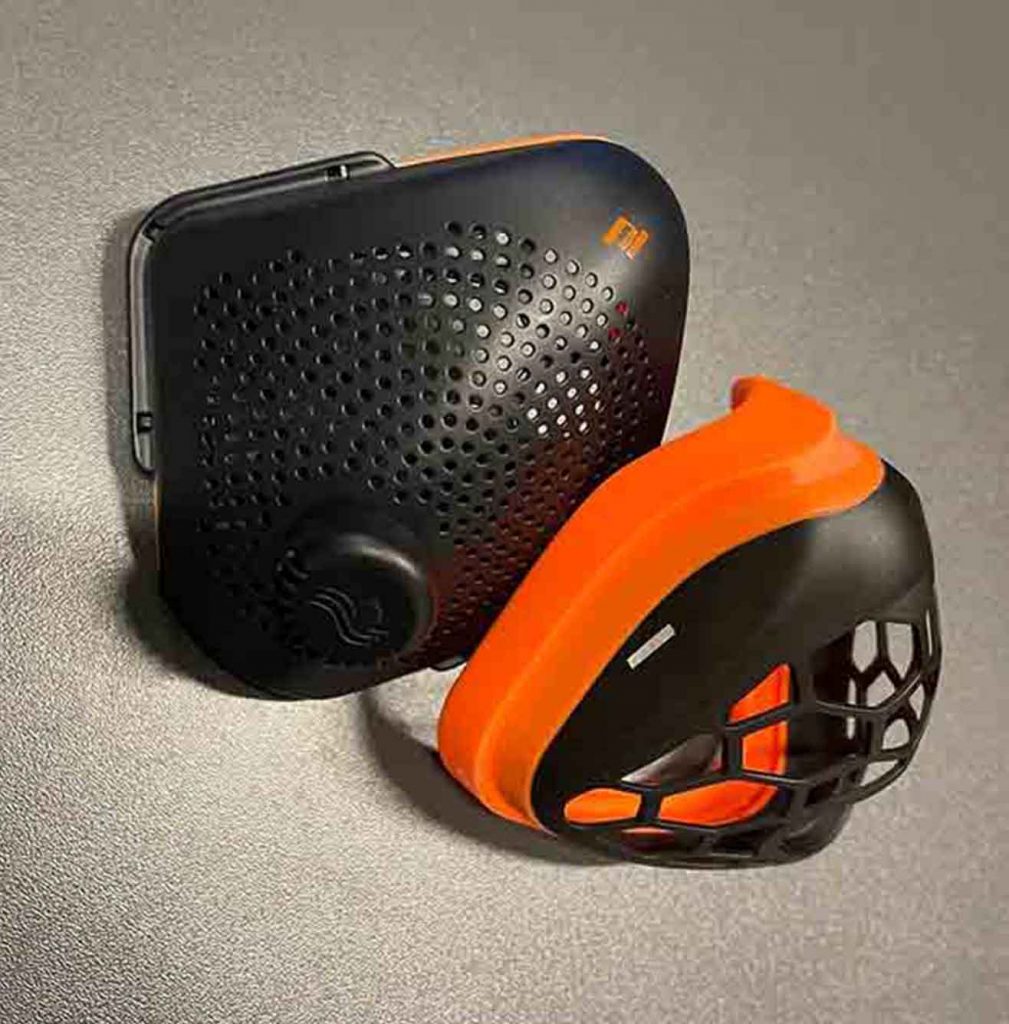A guide to getting started with your first prototype
What is a prototype? A prototype is a first draft of your new product. The purpose of producing prototypes is to check fits, whether the solution will work and "validate the design". The product idea itself is also tested as far as possible, before seriously starting to industrialize the product.
A prototype is something you do before production gets started. This makes it easier to imagine what it will actually look like and how it will be used. It also makes it easier to see if you may want to make changes based on the way the product has first imagined it to be.

When constructing a prototype, errors and things that need to be improved can be detected. Making a prototype is therefore a very important step in a product development process. Through this step, one validates the design solution and avoids unfortunate construction solutions that can lead to poor properties in the product. Other times, prototypes are made in order to sell the idea to an investor, third party or customer.
What prototype method should I go for?
A prototype can be made in different materials and using different production methods. A very popular prototype method is 3D printing, where you produce an almost identical copy of the product. Here you will have the opportunity to get a prototype in high quality and test complex geometry before production is started. This method also does not require long, so it is well suited as a mid-stage to a further process – or as a product verification and design confirmation of your product.
3D printing can often be delivered quickly if you have a 3D model of your product. To 3D-print a product, one must have a 3D model of the product. If you don't have this, we can help you design the product before it should be 3D-printed.
3D printing is not the only solution, and not always a navigable path. Other prototype methods include CNC machining, where one mills out in wood, metals or plastic. Another method is silicone forming – then you make a silicone shape and use vacuum to pull the material into the shape and get good results. Transparent parts, soft parts, small series of the product, etc. You cast the product – and then have a greater range of material possibilities than 3D printing. Often 20 – 30 products with a silicone shape can be made. Vacuum forming is well suited when you want physical properties that are not so easy to achieve with 3D printing. Silicone forming also has good opportunities to create parts with complex geometry.
What will the final product be?
What method to use to make a prototype depends very much on what the final product will be. Very often, it's exactly what you're going to make not before, but you may still have a sense of what the final product should be made of.

How hard or how soft should it be? Elasticity? Is it completely or partially transparent? Should it be solid? Does it require flexibility in the material? Does it have to be waterproof? Withstand heat? What should it be used for – and by whom? Surface structure? Food contact? There are many conditions to consider – both in terms of design, function and material selection when making a prototype.
Where can I make prototypes in Norway?
Good advice on how to make YOUR prototype can be obtained from us. We have experience in making prototypes in the following ways:
- 3D printing, Photo-reactive resins (SLA models, SLS, m.m.)
- CNC machining in wood, plastic and metals.
- Textiles / stitching
- Rubber-like materials in various hardnesses
- Glass
- Porcelain and ceramics
- Vacuum forming / trekking
- Blister-like things like posts in packaging, etc.
- Silicone forming and casting of components in small series using this method.
- Mechanical, assembled solutions / m.m.
With us at Mezonic AS you can produce your prototypes. Get good advice on your design, or help to create the design before you start with the prototype, guidance in method selection. If you want more information about "What is a prototype", you can get this in a conversation with our skilled team.
We consist of the subsidiaries Pavels Innovation and ProtoFab , which, among other things, produce prototypes and have a high level of expertise in prototyping of various types and solutions, and 3D printing, with one of Norway's largest centers for 3D printing. We are located in Porsgrunn.
